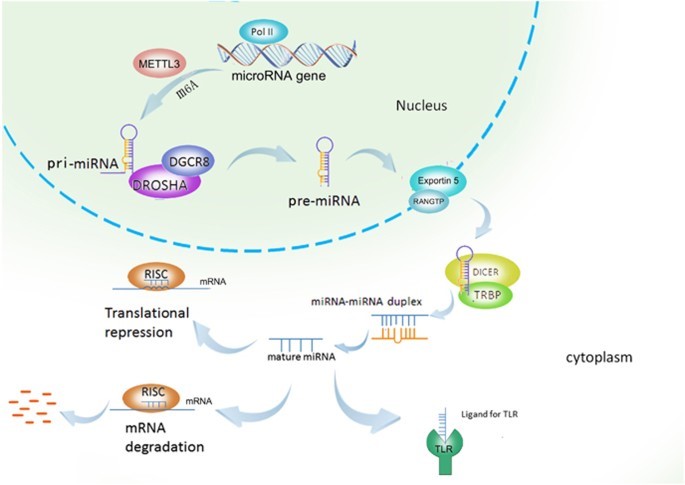Free Courses Sale ends Soon, Get It Now


Free Courses Sale ends Soon, Get It Now



Disclaimer: Copyright infringement not intended.
Context
Details
About MicroRNA (miRNA)
Discovery of MicroRNAs
Biogenesis of miRNAs
Functions of MiRNAs
Roles in Cancer
Therapeutic Potential
Technological Advances
Future Directions
Conclusion
microRNAs are a fascinating class of molecules with crucial regulatory functions in gene expression. They have profound implications in biology, disease, and potential therapeutic interventions. Research in this field is dynamic and continually expanding, offering exciting prospects for the future of medicine and biology.
|
PRACTICE QUESTION Q. Discuss the significance of microRNA in the context of cancer immunity and memory formation within the immune system. How can understanding the role of miRNA contribute to the development of novel strategies for cancer immunotherapy? (250 Words) |
© 2024 iasgyan. All right reserved